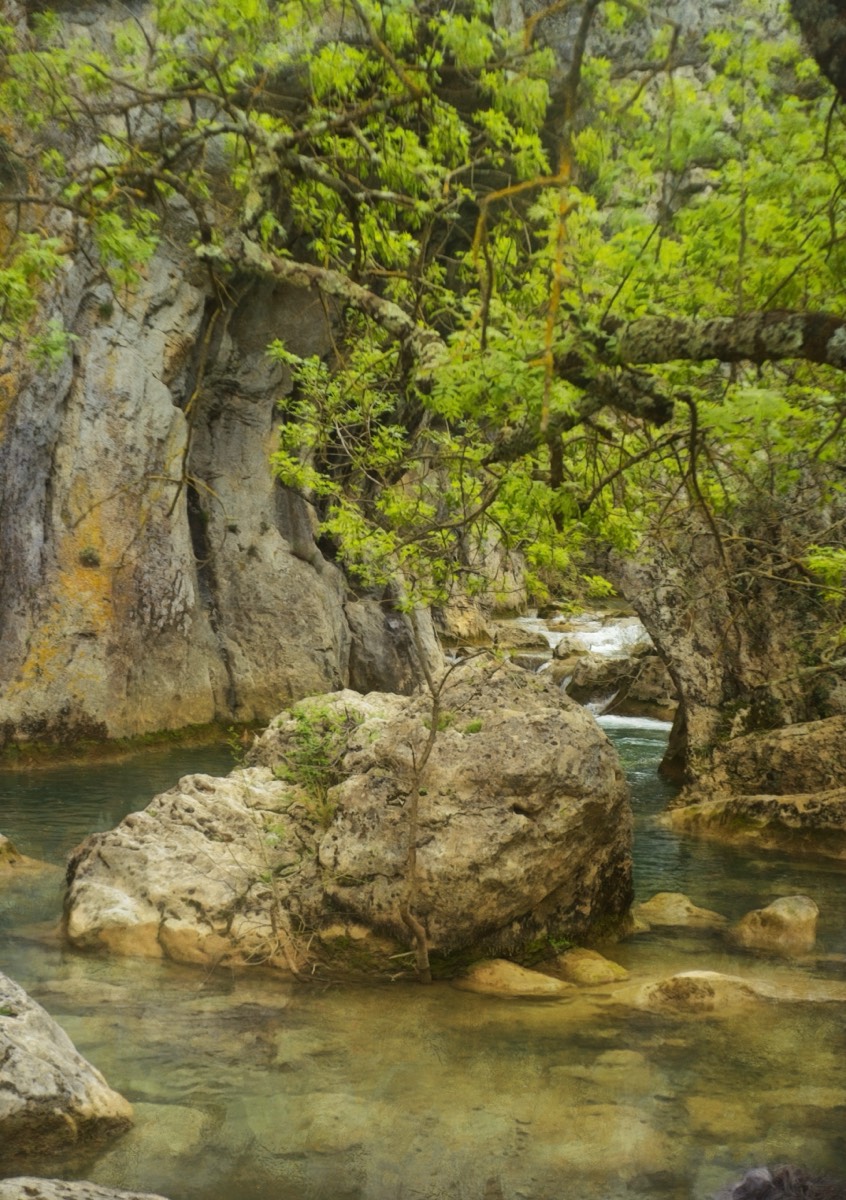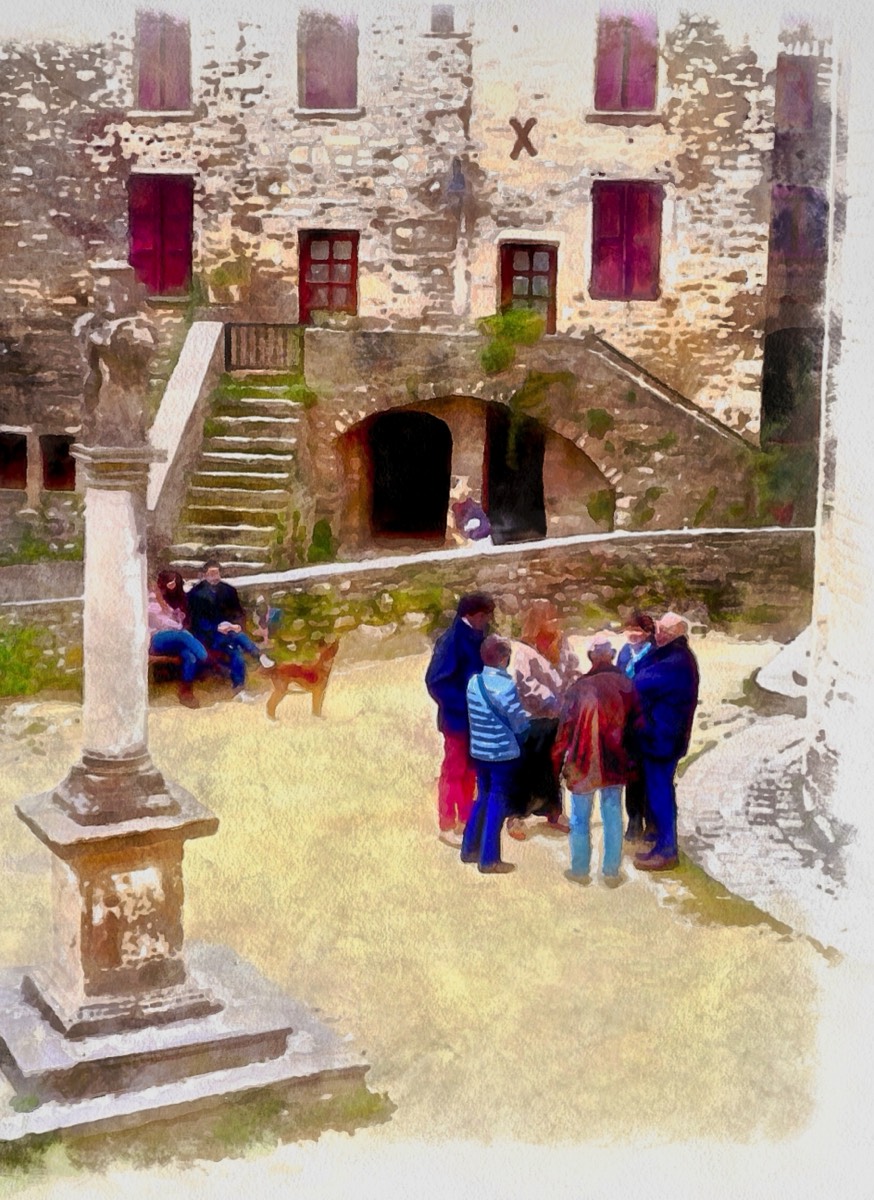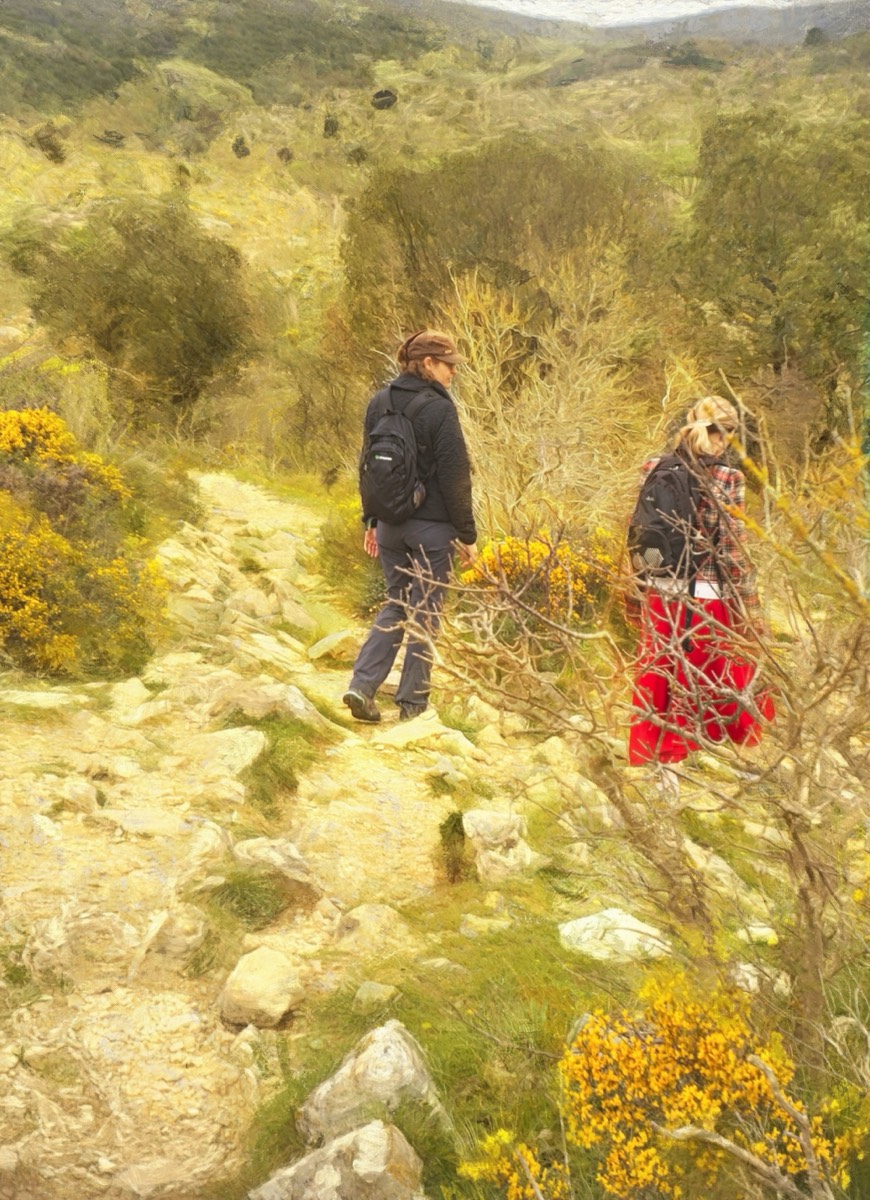Saint-Martin-de-Londres
Medieval Origins (11th–13th Centuries)
Founding:
The village emerged around the 11th century under the lordship of the Guilhem de Mantarnaud family. Its name references the nearby Londres River (not London!), and it was part of the Languedoc region. By 1254, the lordship passed to the Abbey of Gellone (Saint-Guilhem-le-Désert), marking its religious significance
Architectural Legacy:
The Romanesque church (12th century) remains a centerpiece, featuring thick stone walls and a bell tower. The village’s circulade layout—streets spiraling around the church—reflects its defensive design against invasions
Feudal and Religious Influence (14th–18th Centuries)
Episcopal Control:
From 1331 until the French Revolution, the bishops of Maguelone (later Montpellier) governed the valley, reinforcing the village’s ecclesiastical ties. The church was expanded and fortified, blending Romanesque and Gothic elements
Plague and Boundaries:
A local legend claims Henry VIII extended parish boundaries in 1542 to avoid plague victims—though this likely refers to London’s St Martin-in-the-Fields, highlighting the village’s name-related mix-ups
Founding:
The village emerged around the 11th century under the lordship of the Guilhem de Mantarnaud family. Its name references the nearby Londres River (not London!), and it was part of the Languedoc region. By 1254, the lordship passed to the Abbey of Gellone (Saint-Guilhem-le-Désert), marking its religious significance
Architectural Legacy:
The Romanesque church (12th century) remains a centerpiece, featuring thick stone walls and a bell tower. The village’s circulade layout—streets spiraling around the church—reflects its defensive design against invasions
Feudal and Religious Influence (14th–18th Centuries)
Episcopal Control:
From 1331 until the French Revolution, the bishops of Maguelone (later Montpellier) governed the valley, reinforcing the village’s ecclesiastical ties. The church was expanded and fortified, blending Romanesque and Gothic elements
Plague and Boundaries:
A local legend claims Henry VIII extended parish boundaries in 1542 to avoid plague victims—though this likely refers to London’s St Martin-in-the-Fields, highlighting the village’s name-related mix-ups
Fun Fact
Legend claims Henry VIII extended the parish boundaries to avoid plague victims... but villagers whisper it was really to stop his cooks from stealing their famed Cévennes geese for royal feasts.
The village’s Romanesque church clock is notorious for running slow—some say it’s still set to "medieval time." Locals shrug: "Why rush when the wine’s this good?"
The village’s Romanesque church clock is notorious for running slow—some say it’s still set to "medieval time." Locals shrug: "Why rush when the wine’s this good?"
Images
Click on any image for enlarged image and navigation views.








Site Search
- Images France
- Adissan Images
- Agde Images
- Aigne Images
- Aigues-Mortes
- Aigues-Vives
- Albi Images
- Arles Images
- Aumes Copy
- Bardou
- Bédarieux
- Bédarieux Stereo
- Beziers
- Boussagues
- Boussagues Stereo
- Brenas
- Cabreroles
- Cabretolles
- Camplong
- Carcassonne
- Caroux Stereo
- Castelnau-de-Guers
- Caussiniojouls
- Caux
- Cazouls-d'Hérault
- Celles
- Cirque de Mourèze
- Cirque Mourèze Stereo
- Clermont-lʼHérault
- Colombieres-sur-Orb
- Château de Mourcairol
- Château Grézan
- Colombieres Stereo
- Colombièrs-Le-Haut
- Cruzy
- Douch
- Estaussan
- Fabrezan
- Faugeres
- Faugeres Stereo
- FOS
- FOS Stereo
- Frontignan
- Gabion
- Gorges d'Heric
- Gorges d'Heric Stereo
- Graissessac
- Herepian
- Herepian Cycling
- Herepian Rally
- Herepian Stereo
- La-Couvertoirade
- Lagrasse
- Lamalou-les-Bains
- Les Pradal
- Libeil
- Lodève
- Madale de Rosis Stereo
- Minerve
- Minerve Stereo
- Mons-la-Trivalle
- Montagnac
- Montlaur
- Montpellier
- Murviel-lès-Béziers
- Music Prieuré StJulien
- Narbonne
- Nézignan-l’Evêque
- Nizas
- Olargues
- Olargues Stereo
- Passa Pais
- Passa Pais Stereo
- Péret Images
- Peyre
- Pezanas
- Pézènes Stereo
- Pézènes-les-Mines
- Quarante
- Roquebrun
- Saint-Julien
- St-Geniès-de-Fontedit
- St-Gervais-sur-Mare
- St Guilhem le Desert
- St-Martin-de-l'Arçon
- St-Martin-de-Londres
- St-Martin-de-Londr 3D
- St-Naxaire-de-Ladaraz
- St-Pons-de-Mauchiens
- St-Thibéry
- Salasc
- Sète
- Vieussan
- Vieussan Stereo
- Villeneuvette
- Villemagne-l'Argentaire
- Villemagne Stereo
- Voulte
- Technical Website
- Cushing Tree